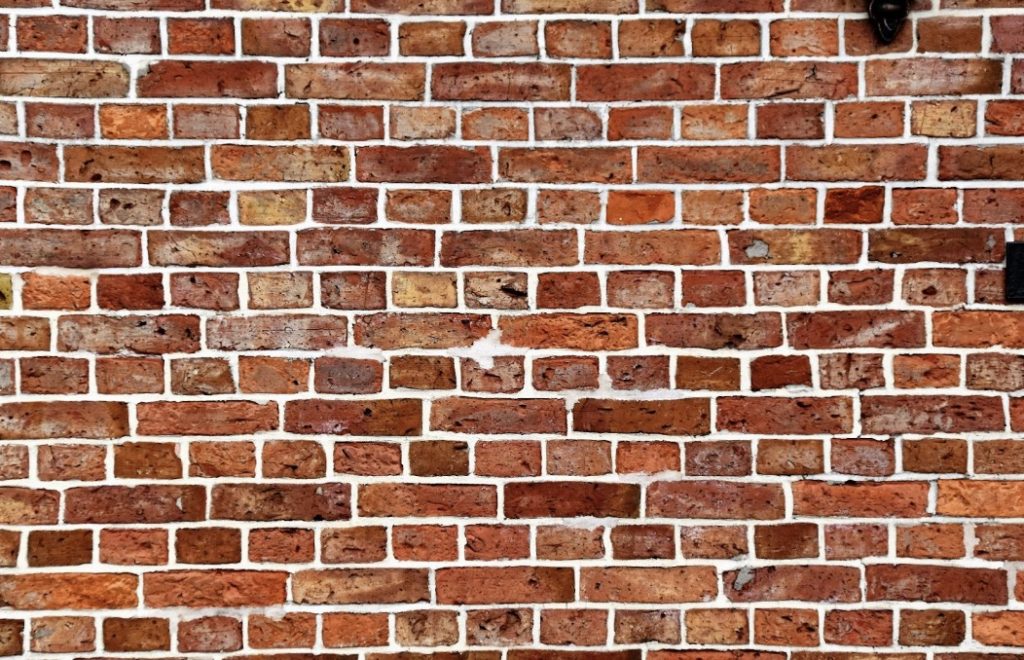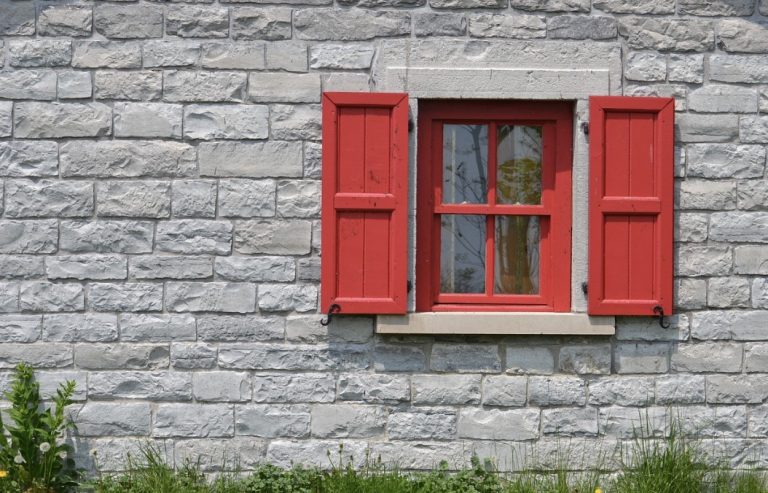Are you thinking about giving your home a fresh new look? Siding installation might be the perfect solution. With its ability to enhance curb appeal, improve energy efficiency, and increase property value, siding is a homeowner’s best friend when it comes to exterior renovations. In this comprehensive guide, you’ll learn everything you need to know about siding installation.
Understanding Siding and Its Benefits
Siding shields your home from the elements, such as rain, snow, and wind, while adding an aesthetic touch to its appearance. Installing siding offers numerous benefits. First and foremost, it enhances your home’s curb appeal. According to seasoned providers of siding repair and replacement in Lake Stevens, siding offers an extra layer of insulation, improving your home’s energy efficiency and lowering heating and cooling costs. Finally, high-quality siding can protect your home from weather damage, pests, and even fire, ensuring its longevity. There are several types of siding materials, each with advantages and disadvantages. Some popular options include vinyl, wood, fiber cement, and aluminum.
Choosing the Right Siding for Your Home
Before selecting a siding material, consider your specific needs and preferences. Think about factors such as your budget, the climate in your area, and the level of maintenance you’re willing to commit to. To make a good decision, compare the pros and cons of different siding materials. For instance, vinyl siding is affordable and requires minimal upkeep but may have a distinct visual appeal than wood. On the other hand, wood siding looks beautiful but needs regular maintenance. Fiber cement siding is durable and versatile but can be more expensive. If you need help determining which siding material is best for your home, consult a contractor or a siding specialist.
1. Preparing for Siding Installation
Depending on your location, you may need to obtain permits before starting your siding installation project. Before installing new siding, thoroughly inspect your home’s exterior for damage or issues that need to be addressed. Repair any rotten wood, fix loose or missing shingles, and ensure the surface is clean and smooth.
2. The Siding Installation Process
If your home has existing siding, remove it before installing the new material. Install the moisture barrier over the sheathing, ensuring it’s smooth and free of wrinkles. Overlap the edges and secure the barrier with staples or cap nails. Accurate measurements are crucial for a professional-looking siding installation. Remember to account for any windows, doors, and other openings. Start at the bottom of the wall and work your way up, attaching each siding panel securely.
Addressing Common Siding Issues
Warping and buckling can occur when siding panels are installed too tightly or exposed to extreme temperature fluctuations. To prevent this, ensure that panels have enough space to expand and contract. Additionally, choose high-quality materials that are less prone to warping. To protect your home, install a moisture barrier and ensure proper ventilation. Consider applying a UV-resistant coating to prolong its color and finish.
Maintaining Your Siding
Use a garden hose or pressure washer to remove dirt and debris, and scrub stubborn stains with a soft brush and soapy water. Address any issues promptly to prevent further deterioration and costly repairs. Consider consulting a professional for assessment and repair if you notice significant damage. If your siding is painted or stained, it may require periodic repainting or refinishing to maintain its appearance and protection. Follow the manufacturer’s recommendations for repainting, and choose high-quality paint or stain designed for exterior use.
Enhancing Your Home’s Curb Appeal with Siding
Enhance your siding with decorative elements like trim, shutters, and accents. These additions can add character and visual interest to your home’s exterior. Complement your new siding with well-designed landscaping and exterior lighting. Planting shrubs, flowers, and trees can add color and texture, while strategically placed lighting can highlight your home’s architectural features and create a welcoming ambiance.
Hiring a Professional vs. DIY Siding Installation
DIY siding installation can save money and give you a sense of accomplishment. However, it requires significant time, effort, and skill. DIY can be a rewarding option if you’re confident in your abilities and have the necessary tools. On the other hand, professionals have the experience, tools, and knowledge to handle any challenges that may arise. Additionally, they can provide warranties and guarantees for their work. To find a reputable siding contractor, ask for recommendations and request quotes from multiple companies. Check their credentials, including licenses, insurance, and certifications, and ask for references from previous clients.

Siding installation is a valuable investment for homeowners looking to enhance their home’s appearance, energy efficiency, and durability. You can ensure a successful project by understanding the different siding materials, preparing for the installation process, and addressing common issues. Whether you tackle the installation yourself or hire a professional, your home will benefit from the added protection and curb appeal that siding provides. Ready to transform your home with new siding? Get started today and enjoy the many benefits of a beautifully updated exterior. Consider booking a consultation with a siding specialist for personalized advice and expert assistance. Your dream home exterior is just a few steps away!


0 Comments